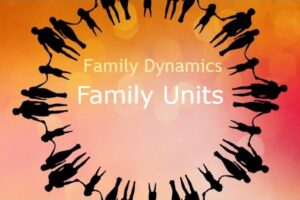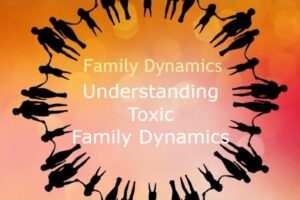Family dynamics refer to the patterns of interactions and relationships among the members of a family unit. These interactions are influenced by various factors including individual personalities, cultural backgrounds, family roles, and historical relationships. Understanding family dynamics can provide insights into the functioning and well-being of each family member.
Components of Family Dynamics
1. Roles and Responsibilities
In any family, each member typically assumes certain roles and responsibilities. These roles can be explicit, such as the breadwinner or caregiver, or implicit, like the peacemaker or decision-maker. Family roles often shape the expectations and behaviors of individuals within the family structure.
2. Communication Patterns
Effective communication is crucial in healthy family dynamics. Families that communicate openly and honestly tend to resolve conflicts more effectively and support each other emotionally. On the other hand, families that struggle with communication may experience misunderstandings, resentment, and unresolved issues.
3. Emotional Bonds
The emotional connections between family members, also known as emotional bonds, significantly influence family dynamics. Strong emotional bonds can foster a supportive and nurturing environment, while weak or negative bonds may lead to emotional distress and alienation.
4. Cultural and Societal Influences
Cultural and societal norms play a critical role in shaping family dynamics. These influences can dictate family roles, communication styles, and values. Understanding these cultural contexts can help in appreciating the diversity and complexity of family interactions.
5. Power and Hierarchy
Power dynamics within a family can affect decision-making, conflict resolution, and overall family harmony. Typically, parents or guardians hold more power in decision-making, but this can shift as children grow older or as family situations change.
Challenges in Family Dynamics
Families may face challenges such as:
Conflict and Disagreements: Differences in opinions and values can lead to conflicts.
Life Transitions: Events like divorce, marriage, or the birth of a child can alter family dynamics.
External Stressors: Financial difficulties, job loss, or health issues may strain family relationships.
Strategies for Healthy Family Dynamics
To promote healthy family dynamics, families can:
Establish Clear Communication: Encourage open dialogue and active listening.
Foster Emotional Support: Create a supportive environment where family members feel valued and understood.
Adapt to Changes: Be flexible and open to changes in roles and responsibilities.
Seek Professional Help: Consider family therapy or counseling if conflicts become unmanageable.
Understanding and nurturing family dynamics is essential for the well-being of each family member and the family unit as a whole. By recognizing and addressing the complexities of family interactions, families can build stronger, more resilient relationships.
Book A ONE-ONE
Intuitive Session Today
Family Dynamics Articles
Family Dynamics Overview
Family Dynamics: Family Units
Types of Families: Nuclear Family, Single Child Family, Blended Family, Extended Family, and Single-Parent Family
Family Dynamics: Understanding Toxic Family Dynamics
Family Dynamics: Intergenerational Trauma Overview




